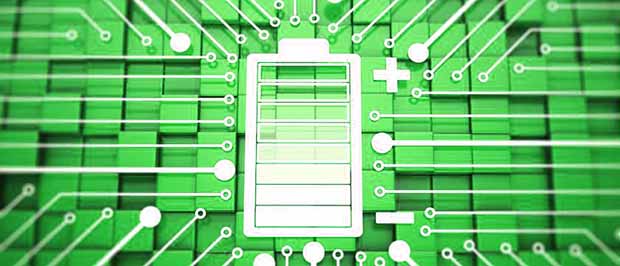
As we continue to seek ways to make our world more efficient but also less damaging to the planet, the topic of energy usage often comes up. How we power everything from our smartphones to our cars has become a topic of conversation. Indeed, inside all of our smartphones are countless little nanoscale switches – even one constantly switching on and off.
This allows the phone to operate as it does. All of these transistors, though, are powered using one single battery. While this is hugely impressive already, the development of nanoscale batteries would, MIT suggests, provide even more power and greener environmental conditioning.
The challenge, though, is creating the tiny batteries that you would need to make this possible. At the moment, we simply cannot make batteries which are small enough or powerful enough to feed every little switch. MIT, though, believe that this is the direction of travel we should be going in with regards to battery development.
This comes from a new MIT study at the MIT Lincoln laboratory, and also the MIT Department of Materials Science and Engineering. They’ve managed to make some positive changes to the development of nanoscale hydrogen batteries. These would use water-splitting solutions to help deliver longer battery life, more efficient charging conditions and, most importantly, a reduction in wasted and redundant energy usage.
According to the Lincoln Laboratories’ Advanced Sensors and Techniques Group’ Raoul Ouedraogo: “Batteries are one of the biggest problems we’re running into at the Laboratory,
“There is significant interest in highly miniaturized sensors going all the way down to the size of a human hair. We could make those types of sensors, but good luck finding a battery that small. Current batteries can be round like coin cells, shaped like a tube, or thin but on a centimetre scale. If we have the capability to lay our own batteries to any shape or geometry and in a cheap way, it opens doors to a whole lot of applications.”
How would this work?
These new batteries would be powered by using charges gained from water molecules in the air. This means that when a water molecule would come into contact with the metal section of the battery, it would be split. One part oxygen, two parts hydrogen. When that happens, the hydrogen molecules will become tapped into the battery and kept until they are needed. This leaves the battery charged without actually needing to charge it.
When they need some power for the battery, they just reverse-engineer the process. Combining with the oxygen in the air, the hydrogen would then be released. Already, the creation of batteries thinner than a strand of human hair is taking place. This means that the fear of scaling and of excessive size should be able to be overcome in the near future.
As the technology progresses, it will be very interesting indeed to see how this is applied. Within a decade, though, we could see smartphones powered by batteries which are far, far more impressive than the models we work with at present.